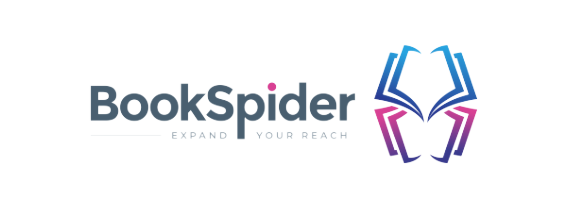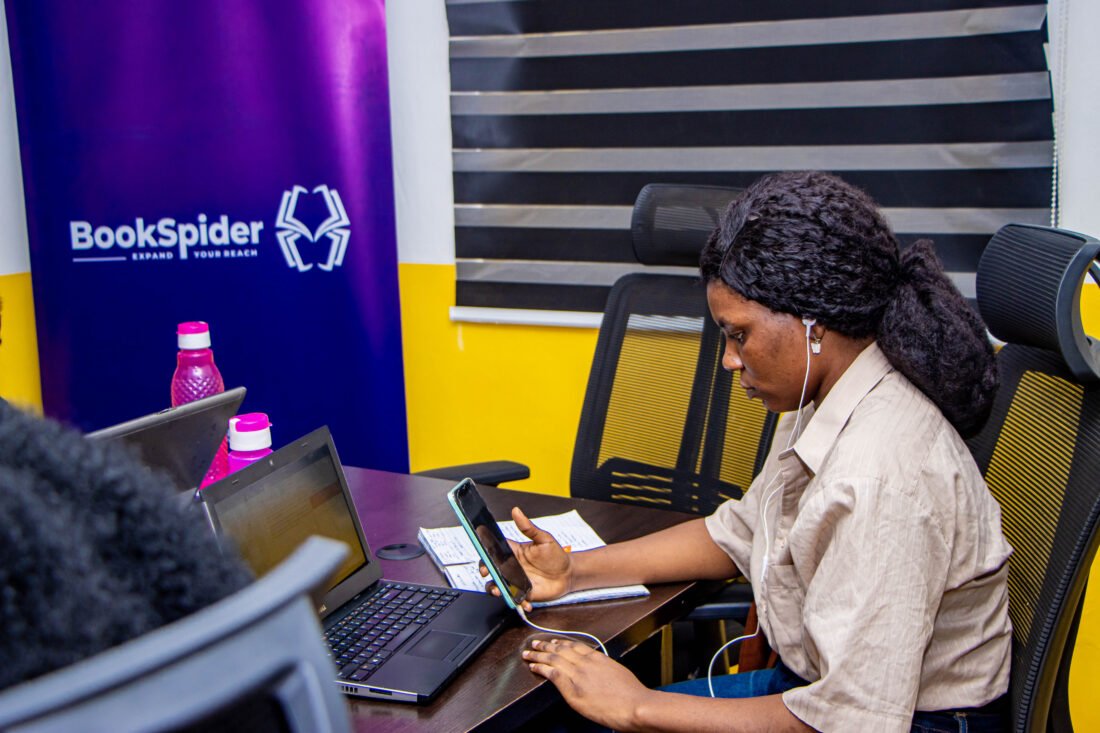
What You Need To Know About Creating a Backstory
Have you read a story with a nasty villain? Quite sure, it took all of your power to stop yourself from going into that book and getting rid of the villain? But then, you get to a part where the author tells you how the villain has suffered and what triggered the villainy. You guessed right, that is a backstory.
A backstory is a writing tool or literary device. Like any instrument, it should be wielded to create the right effect. When deployed or used well, it can turn a book into a bestseller.
Over the years, there has been an abuse of literary devices, one of which is the backstory. But what is a backstory?
This article sheds light on a backstory and what it’s all about. As a writer and author, you will find it quite enlightening.
What is a Backstory?
A backstory is also known as a background narrative or backdrop. It is a series of events in a story portrayed as preceding and leading up to the main plot. It’s a literary device in which a narrative history unfolds chronologically before the main story.
The events that occur at the outset of the main story are built on the history of the characters and other elements. Even a strictly historical work presents a backstory to the spectator selectively.
A backstory is used frequently as a literary device to provide depth or realism to the main story. In poetics, Aristotle acknowledged the value of having a dramatic revelation.
As the main story progresses, backstories are frequently presented in part or in full, chronologically or otherwise. As a writer, you may invent pieces of a backstory or even a complete backstory to hasten the process of character development without mentioning the backstory in the actual book.
Flashbacks, dialogue, direct narration, summary, remembrance, and exposition are all ways to reveal a backstory.
A back story can be a collection of data, such as pivotal events, names, and dates, and is the best tool for developing sympathetic, believable, three-dimensional characters for your work. It also aids in explaining their aspirations, anxieties, and motivations. This improves the quality of your writing because as you get to know your characters better, you feel more connected to them. Consequently, they appear genuine and entertaining to your readers.
For some readers, the backstory is the catch for them. They like to see character development and know what motivates the characters. This way, you create a bond between your book and readers.
Popular backstories include the dramatic revelation of Oliver Twist’s bloodline, and the first part of Achebe’s Things Fall Apart that introduced us to Okonkwo’s history.
What is a good backstory?
A good backstory does two things:
It Conveys deep emotions
A backstory helps you identify and connect with your main character’s feelings, which will serve as your story’s fundamental framework. It enhances the tensions and gives your readers in-depth knowledge of your primary characters.
It improves your reader’s comprehension
A backstory progressively reveals a character’s past – tragic or not, and gives the reader reasons for the decisions they make or the concerns they carry with them. Therefore, the reader has a sense of self-awareness and can keep up with the flow of the plot.
To give your readers the best experience and help in character development, backstories shouldn’t be ignored in your story. The bestselling books have the best backstories; to some readers, a backstory is the essence of a book.
Did you find this helpful?
Leave a comment below.




